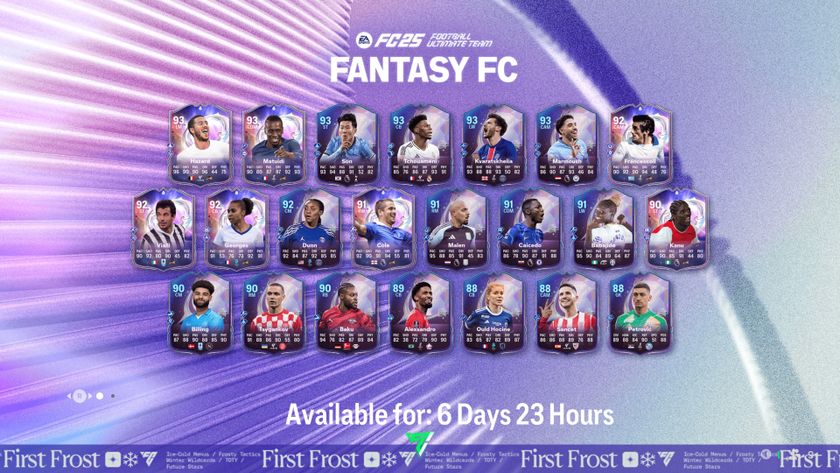Wait… could the Xenomorphs in Alien: Covenant actually exist?
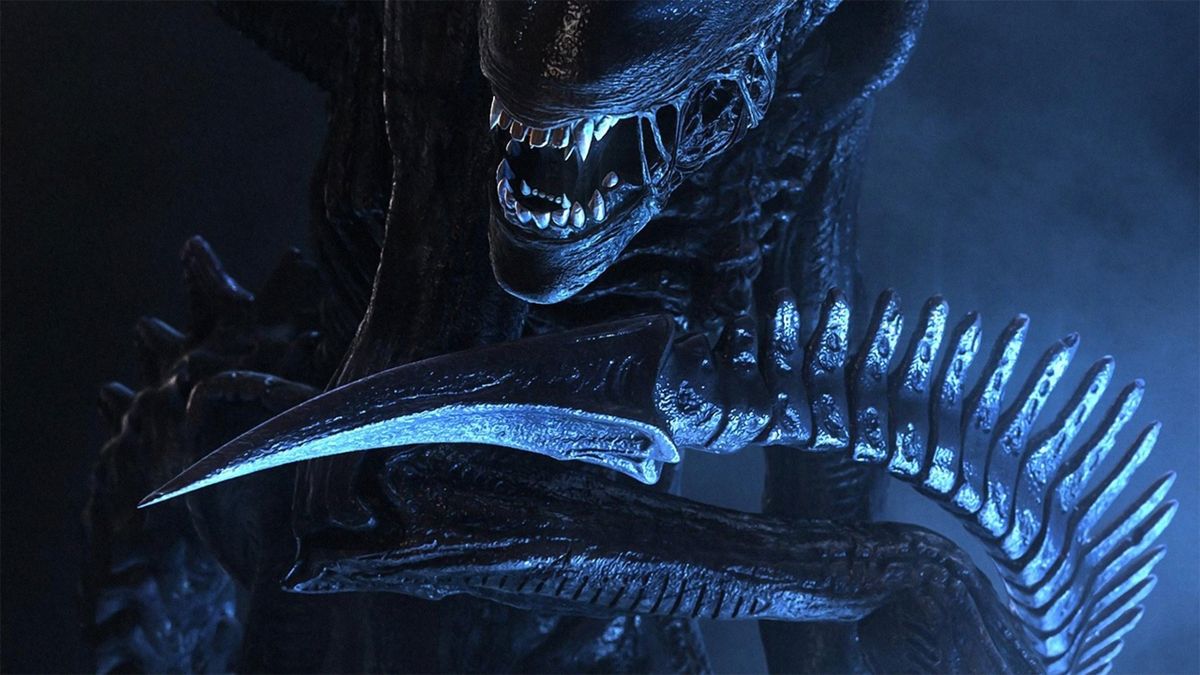
Ever wondered if Ridley Scott’s Alien anatomy is grounded in fact or just completely made up? Acid blood and a strong exoskeleton might sound implausible but there’s actually some basis for certain aspects of the Xenomorph design in the animal kingdom. With the release of Alien: Covenant this week (in the UK, the US have to wait until next week), we talked to the curator of Zoology at the National Museum of Ireland, Paolo Viscardi, to find out just how plausible the Aliens’ biology actually is. After all, a second set of jaws could come in handy.
Could the host-parasite relationship actually happen?
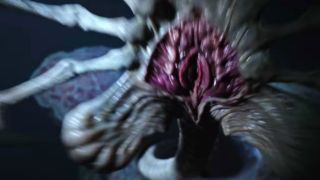
“It’s not uncommon for species to have multiple hosts in the real-world. There’s a species of liver fluke, for example, that goes from slugs to ants, then the ants get eaten by cows, the cows get eaten by people, and the people then poo out the eggs. They can’t do anything [to procreate] without the hosts – it’s an essential part of their developmental process.
“How did something like that evolve? What you tend to find with evolution is you get increasing complexity, not because things are striving to get more complex, but because as you evolve a certain set of traits, that provides a bedrock for more traits to develop. So a species can start with quite a straightforward way of managing reproduction, but then somewhere along the line there’s an adaptation that has conferred an advantage. That’s what it’s all about really – small adaptations based on what you’re already doing that mean you do it better, and you produce more offspring.”
Can eggs lay dormant indefinitely?

“Seeds can last hundreds of years for some species of plants, but for eggs in animals, longevity isn’t quite so extreme – generally you wouldn’t be looking at years. Certain species can actually stay dormant for reasonably long periods of time, and you will find some waiting for certain conditions before the developmental process gets started. Nature’s quite good at developing mechanisms that get things to coordinate to have a better chance of survival. It’s not unrealistic to expect something to allow a species to have eggs with a very long lifespan, that are then triggered by an external influence.
“For example, a lot of insects will lay eggs at the end of the year, and they won’t become viable until there’s been a really cold snap. That’s actually what gets the developmental process started, because it usually indicates the coldest part of the winter, and after that the embryo starts developing and reaches a point where it should be hatching about the right time for spring – it’s a timing mechanism to make sure you can avoid the worst of the weather.”
Do any parasites take on the traits of their hosts?
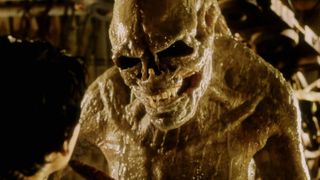
“You don’t really see that in the more complex multi-cellular animals – basically there’s too much to go wrong – but you do get lateral gene transfer in some bacteria and things like viruses. It’s a way of sharing genetic information without it coming from your own species – it can come in from elsewhere instead. For example, they might pick up things like being able to disguise themselves from a host’s immune system.”
Is it possible to have a second set of jaws?
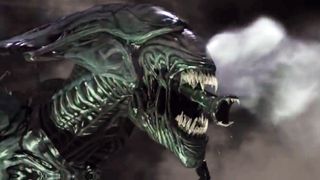
“There are quite a few species that have mouth parts which kind of open and hinge outwards. Dragonfly larvae, for example, have this big hinged plate that sits under their mouths and shoots forward and grabs prey – the Alien’s mouth is actually very similar to that. Anything which increases your ability to increase your reach and your ability to grab prey unexpectedly is a bonus.”
Sign up to the SFX Newsletter
Get sneak previews, exclusive competitions and details of special events each month!
What about a big exoskeleton?

“The trouble with an exoskeleton is you can’t grow in it, so you have to shed it – and that’s really the limiting factor. You can’t add new material to it without basically growing a new one underneath, shedding the old one, inflating the new one and then letting it harden off – it’s how lobsters and insects grow. Once you get to a larger size [like a Xenomorph], however, it gets quite difficult to do all that. As you get bigger, gravity and scaling factors mean you can’t keep your structures in the right position and your organs functioning while also maintaining the internal pressure that will harden off the exoskeleton. This is one that might be more problematic, though if you’re in space and dealing with lower gravity situations, then it might be more plausible.”
Could a chestburster grow to adulthood in a few hours?
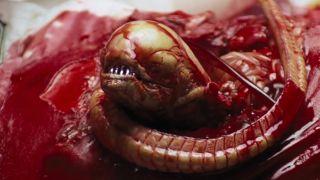
“You need a source of material that you’re able to metabolise and pull into the growth process. Speed of growth is limited by metabolic rate, the amount of material available and the growth processes, and the metabolic processes would just take too long. I don’t think this would work.”
Is acid blood even a thing?
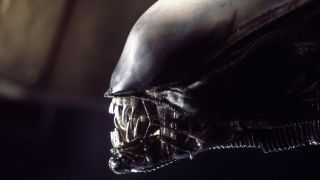
“With the Aliens, although it’s referred to as blood, is it blood or is it some kind of chemical substance which is being produced under the exoskeleton to act as a defence mechanism, while the blood’s something else somewhere else in the body?
“There are certainly species that use blood as a defence mechanism. It’s generally things like lizards, which squirt acrid blood to deter predators. The acidic blood thing is problematic for other reasons, because generally if your blood’s that acidic it’ll probably denature any nutrients around your system.
“But stomach acid’s a great example that very strong acids can be made in nature. Something as acidic as alien blood is not impossible to make – it’s very difficult and requires quite involved manufacturing processes, but that doesn’t mean that nature couldn’t do it. Nature’s pretty amazing!You’ve got things like bombardier beetles which make a little explosive and set it off in their backsides to deter predators, so there are some pretty crazy defence systems out there.”
A version of this feature originally appeared in SFX magazine 287. For more sci-fi news, reviews, and features, get your copy now or subscribe to never miss an issue.

Richard is a freelancer journalist and editor, and was once a physicist. Rich is the former editor of SFX Magazine, but has since gone freelance, writing for websites and publications including 12DOVE, SFX, Total Film, and more. He also co-hosts the podcast, Robby the Robot's Waiting, which is focused on sci-fi and fantasy.
Most Popular







